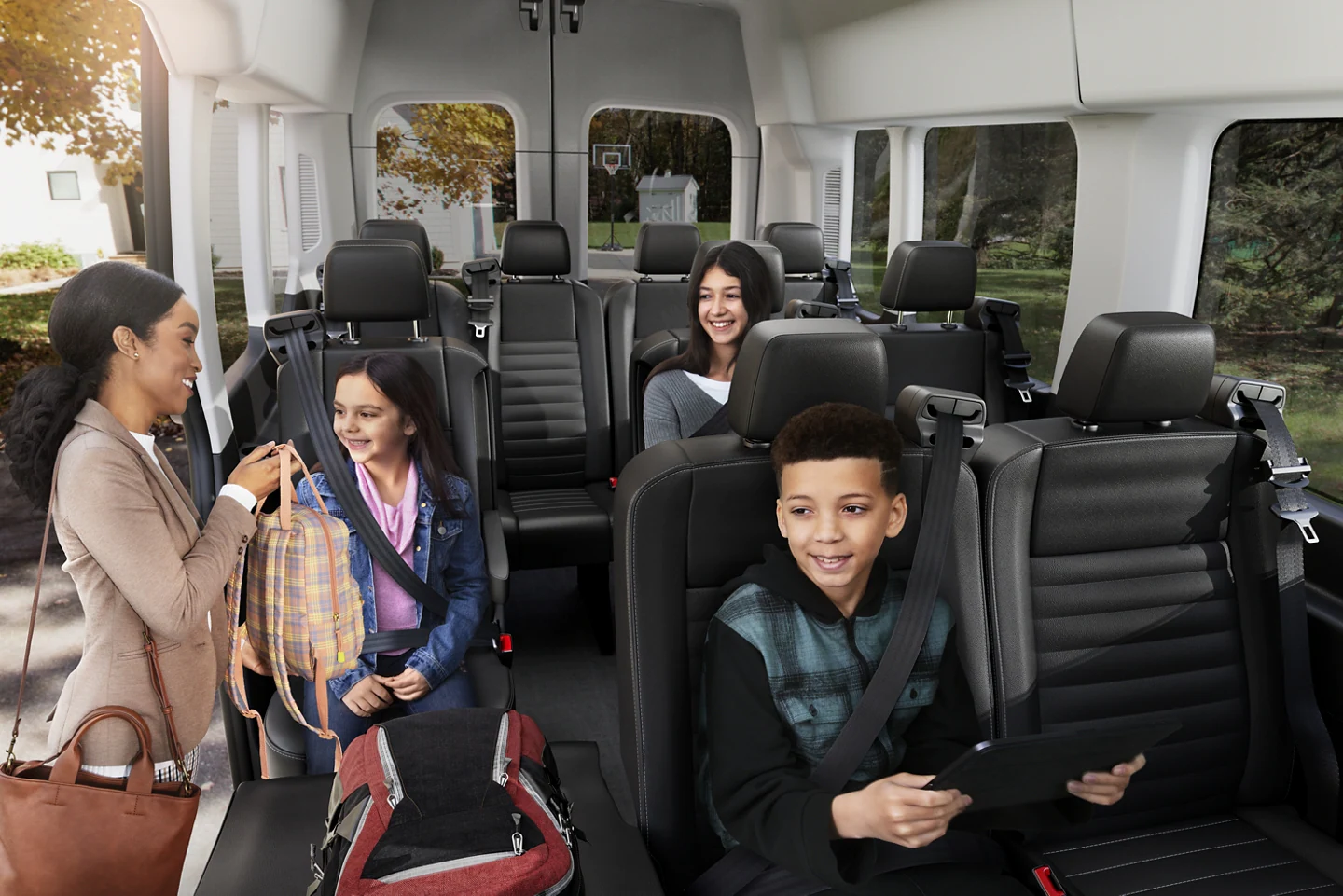Introduction:
When it comes to reliable and versatile vans, the 2023 Ford Transit and the Mercedes-Benz Sprinter are two top contenders in the market. Both offer a range of features and capabilities, but they also have distinct differences that may influence your decision. Let's compare the two models across different aspects to help you determine which one suits your needs better.
Key Takeaways:
- The Ford Transit offers a wider variety of body styles, including cargo van, passenger van, and cutaway van configurations, providing more options to cater to different needs. In contrast, the Mercedes-Benz Sprinter is limited to cargo van or passenger van configurations.
- The Ford Transit outshines the Sprinter in terms of cargo space, offering a maximum volume of 536.4 cubic feet compared to the Sprinter's 532.6 cubic feet.
- The Transit boasts a more spacious interior, providing generous legroom and headroom in both the front and rear seats, resulting in a more comfortable ride for passengers.
- Both vans come with standard technology features like a rearview camera and a 4.2-inch infotainment system.
- While both vans have good safety ratings, the Ford Transit has a slight edge with a 5-star overall safety rating from the NHTSA, compared to the Sprinter's 4-star rating.
- Both the Ford Transit and Mercedes Sprinter offer a wide range of engine options.
Design and Features:

The Ford Transit stands out for its wider variety of body styles, offering cargo van, passenger van, and cutaway van configurations. On the other hand, the Mercedes-Benz Sprinter comes in cargo van or passenger van options, limiting the choices compared to the Transit.
In terms of cargo capacity, the Ford Transit takes the lead, providing a maximum volume of 536.4 cubic feet, while the Sprinter offers 532.6 cubic feet. Additionally, the Transit boasts a more spacious interior with generous legroom and headroom in both the front and rear seats, delivering a more comfortable ride for passengers.
Both vans come equipped with standard technology features like a rearview camera and a 4.2-inch infotainment system. However, if you prioritize a larger infotainment display, the Ford Transit offers a 12-inch option, whereas the Sprinter provides a 7-inch infotainment system.
In terms of safety, both vans have good ratings, but the Ford Transit edges slightly ahead with a 5-star overall safety rating from the NHTSA compared to the Sprinter's 4-star rating.
Power and Performance:
Both the Ford Transit and Mercedes Sprinter offer a wide range of engine options. You can choose between a 3.5L V6 engine, a 2.0L EcoBoost engine, or a 3.2L Power Stroke diesel engine with the Transit, while the Sprinter is available in a 2.0L I4 engine, a 2.0L I4 diesel engine, or a twin turbo 2.0L I4 diesel engine.
Regarding payload capacity, the Transit has a slight advantage over the Sprinter, having a max payload of 5,790 pounds versus the Sprinter’s 5,358-pound max payload capacity. This makes the Transit a better choice for heavy-duty hauling. The Transit and Sprinter can both tow up to 7,500 pounds, making them both an excellent choice when it comes to towing capacity.
When it comes to fuel efficiency, the Sprinter holds a slight edge, offering up to 14 mpg in the city and 20 mpg on the highway. The Transit's fuel economy is close behind, achieving up to 14 mpg in the city and 17 mpg on the highway.
Pricing:
In terms of pricing, both the Ford Transit and Mercedes-Benz Sprinter are competitively priced, with the Transit starting at $44,455 and the Sprinter at $49,900. The price difference may not be substantial, but it's worth considering when finalizing your decision.
Which One is Right for You?
Ultimately, choosing between the Ford Transit and the Mercedes-Benz Sprinter depends on your specific requirements and preferences. If you need a van with a greater variety of body styles, more cargo space, and a more spacious interior, the Ford Transit is the obvious choice. On the other hand, if you prioritize slightly better fuel efficiency and prefer a diesel engine, the Mercedes-Benz Sprinter could be the better fit for your needs.
Consider your payload and towing requirements, technology preferences, safety ratings, and budget to make an informed decision.